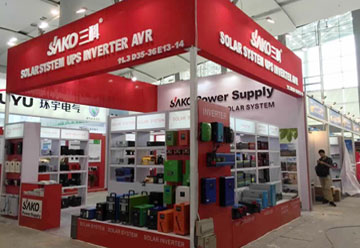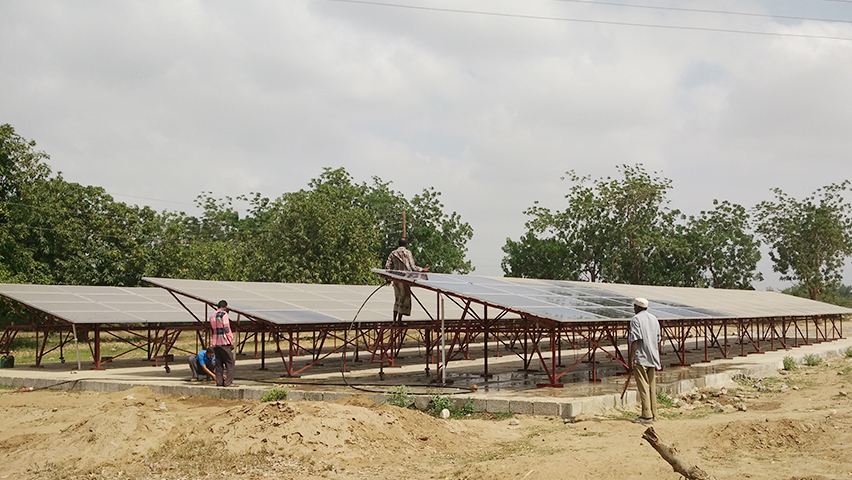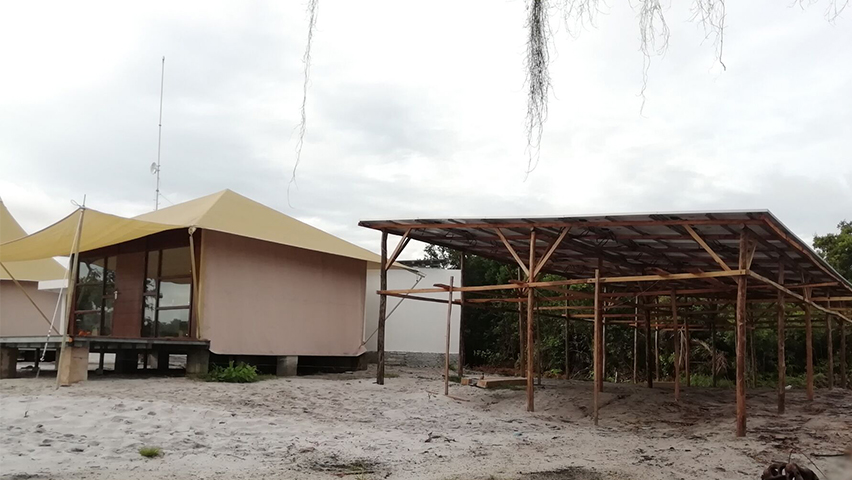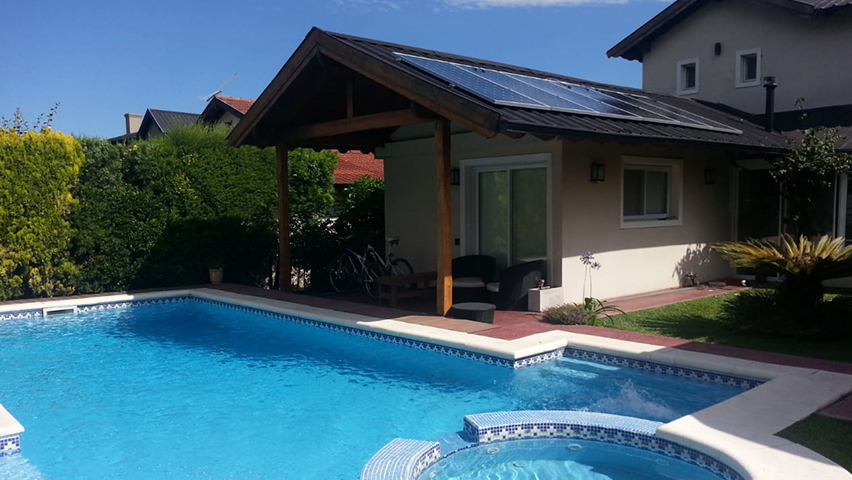In many modern energy power plants, high quality lithium-ion batteries are employed as energy storage. Utilizing energy storage facilities as power relays is more beneficial to a stable grid’s functioning since wind and solar power production have unpredictable voltage and timing.
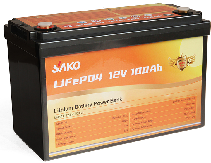
What is Lithium Ion Batteries
Lithium-ion batteries are accumulators manufactured of lithium-containing substances that function primarily by moving lithium ions between the positive and negative electrodes. In addition to being used as power sources, lithium-ion batteries may also be used as energy storage units. Most energy storage power plants choose lithium ferrous phosphate batteries as their energy storage batteries due to the safety of lithium-ion batteries.
Components of Lithium-Ion Batteries from SAKO
Lithium-ion batteries can be roughly divided into 4 components. These 4 elements are a positive electrode, a negative electrode, an electrolyte, and a diaphragm, which are indispensable in the battery. Without one of them, the battery cannot function.
- The positive electrode determines the capacity and voltage of the lithium battery
A “lithium-ion” battery produces electricity through the chemical reaction of lithium. So the lithium has to come in, and the space it goes into is the “positive electrode.” However, in the elemental state, the reaction of lithium is unstable, so the positive electrode uses a lithium oxide formed by combining lithium and oxygen. A substance related to the electrode reaction of the battery in the positive electrode, like lithium oxide, is called a “positive electrode active material.”
- Negative electrode makes electrons flow to the wire
When the battery is in a charged state, lithium ions exist in the negative electrode instead of the positive electrode. At this time, the positive and negative electrodes pass through the wire (discharge), and the lithium-ion automatically moves to the positive electrode again through the electrolyte. The lithium-ion and the separated electrons move along the wire. And generate electricity.
- The electrolyte moves the ions
As mentioned above, lithium ions are moved through the electrolyte, and electrons are moved through wires. The electrolyte is the medium that allows lithium ions to move between the positive and negative electrodes. If the electrons move through the electrolyte instead of the wires, electricity will not be available, nor will safety be compromised.
- The separator is the separation wall between the positive and negative electrodes
The separator is a physical barrier to prevent contact between the positive and negative electrodes. The separator prevents the direct flow of electrons through the electrolyte and ensures that the desired ions move through the tiny pores inside it. The commonly used separators are synthetic resins similar to polyethylene (PE) and polypropylene (PP).
Conclusion
Because vanadium flow and sodium-sulfur batteries have not yet reached industrial scale, few supply channels are available, and prices are high, making lithium-ion batteries very competitive from an economic standpoint. In terms of operation and maintenance expenses, lithium-ion batteries need no maintenance, which makes them more convenient to use.

